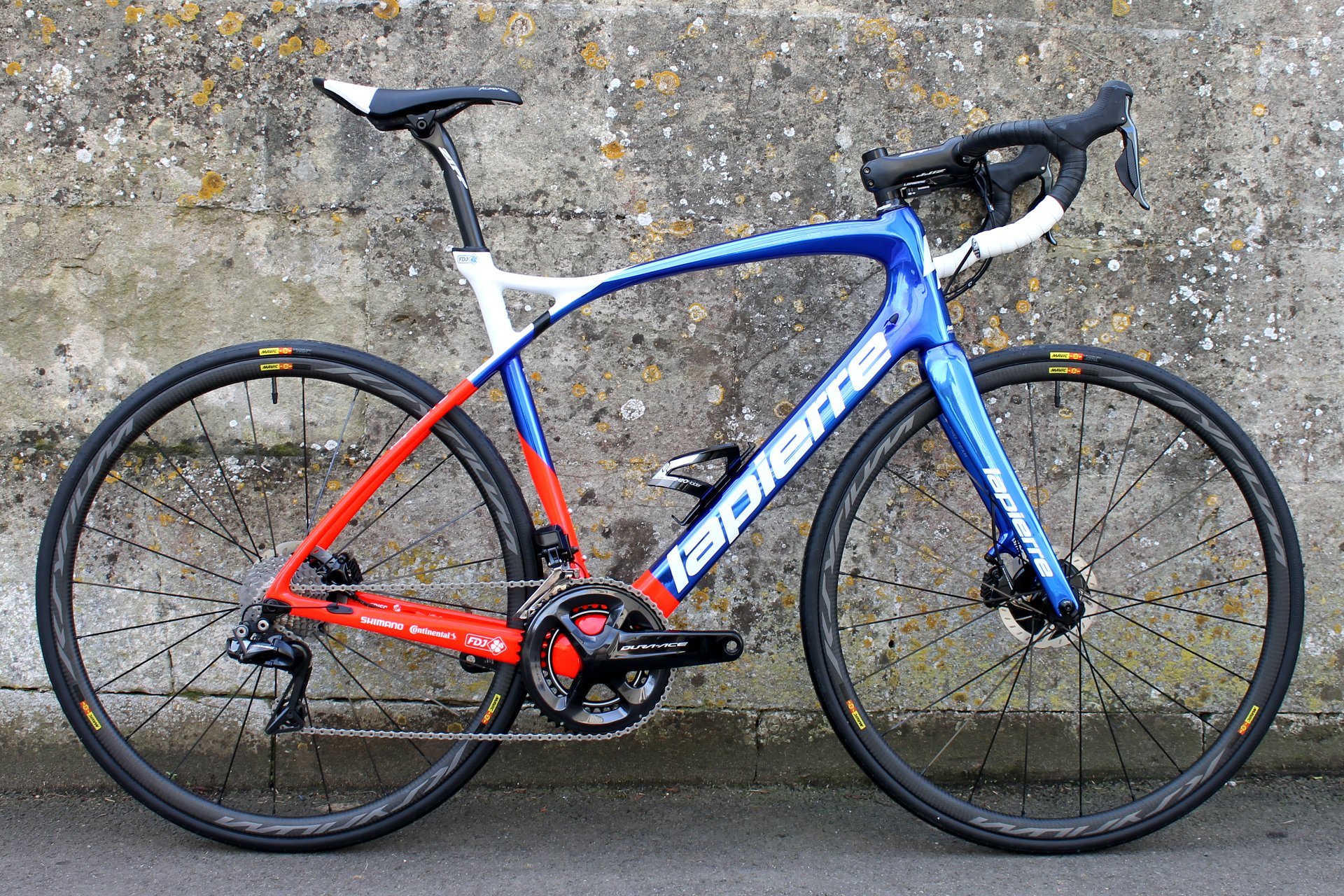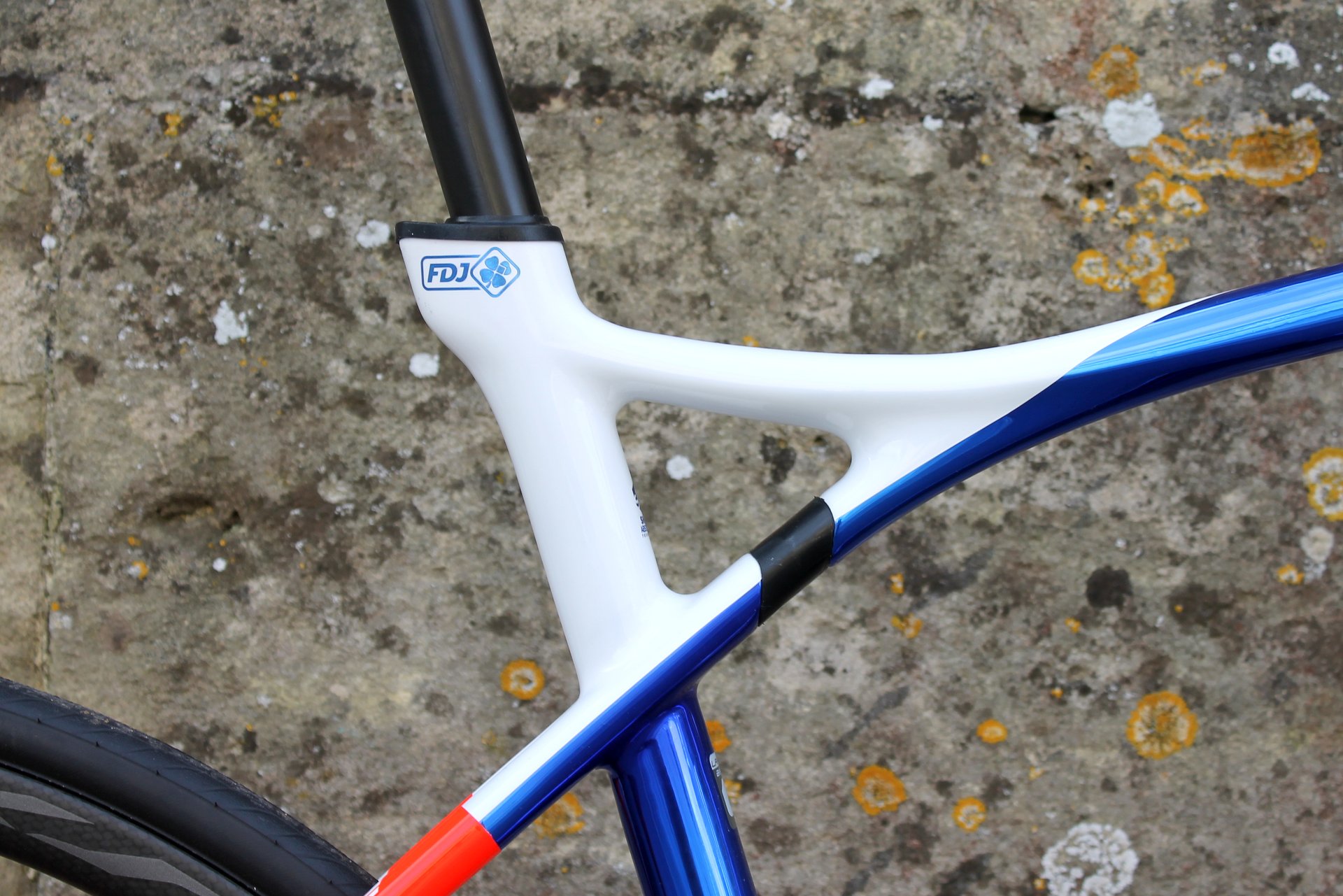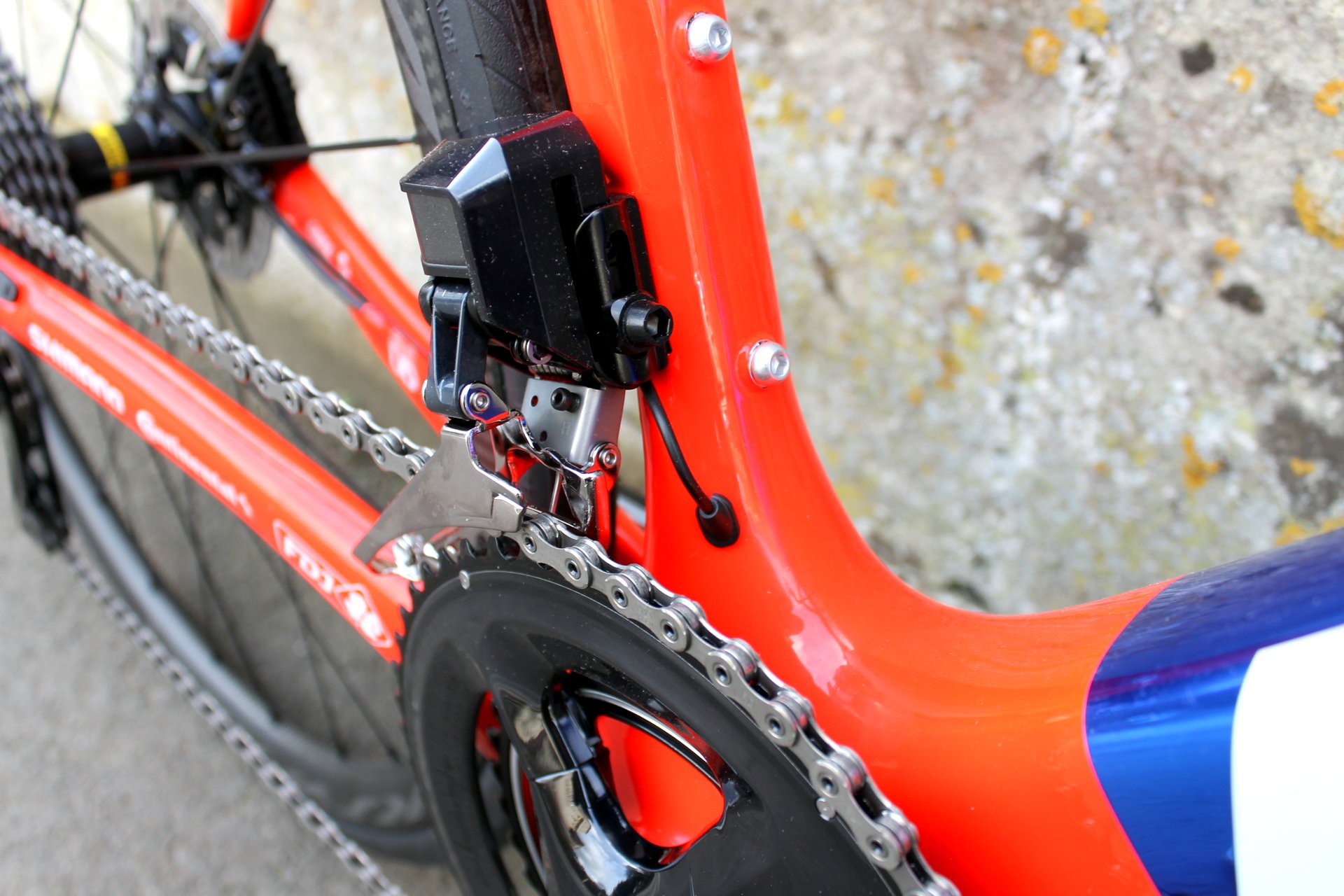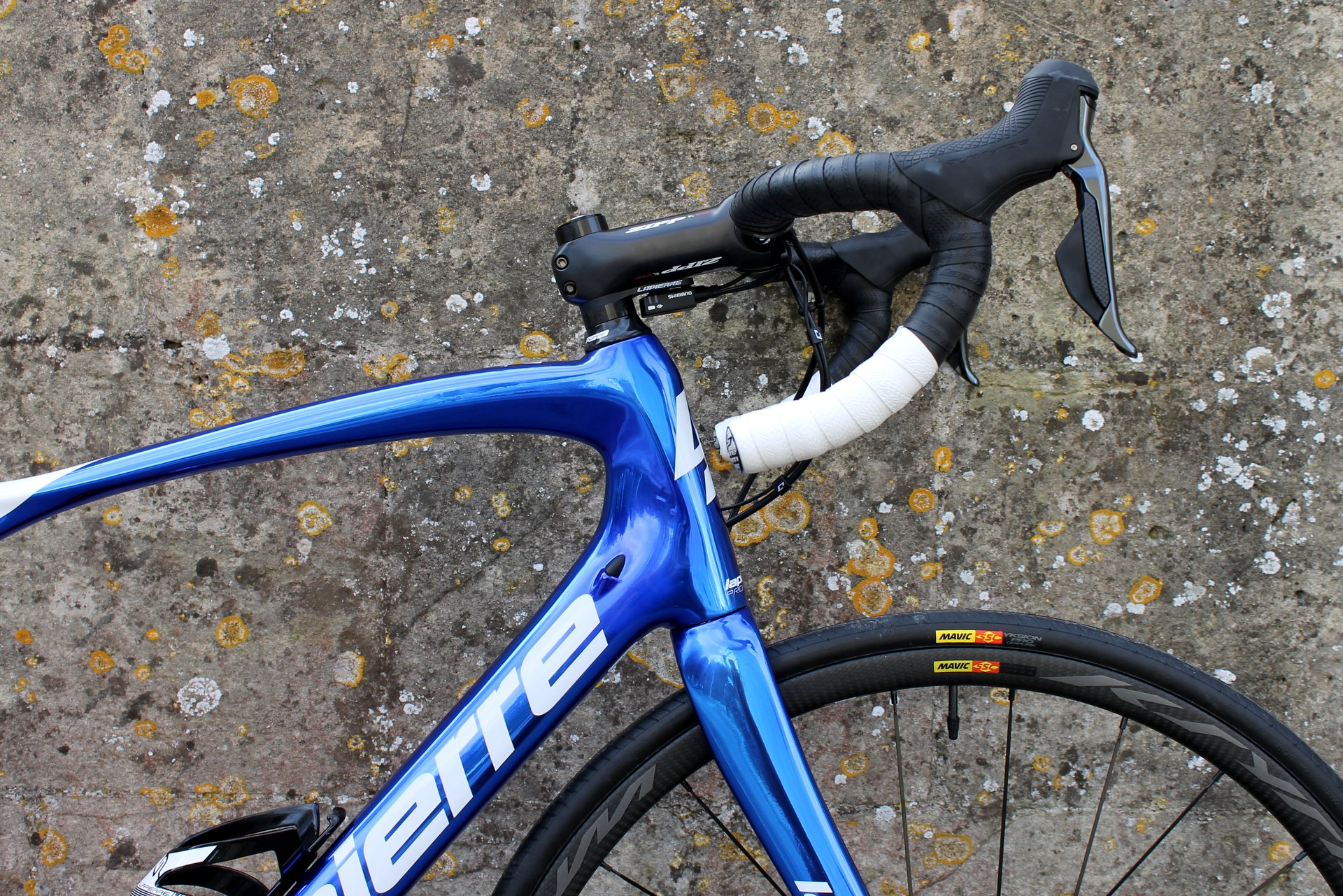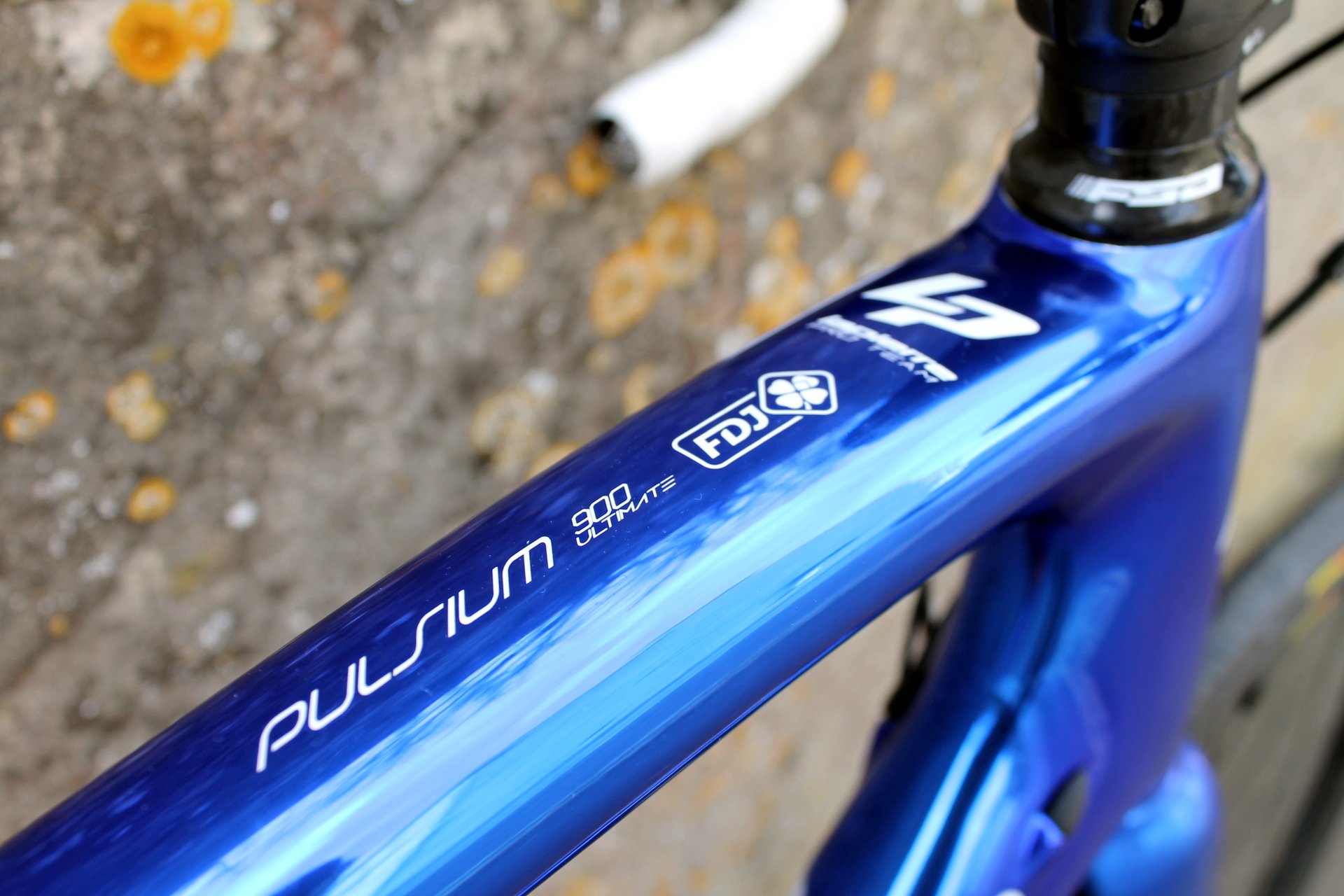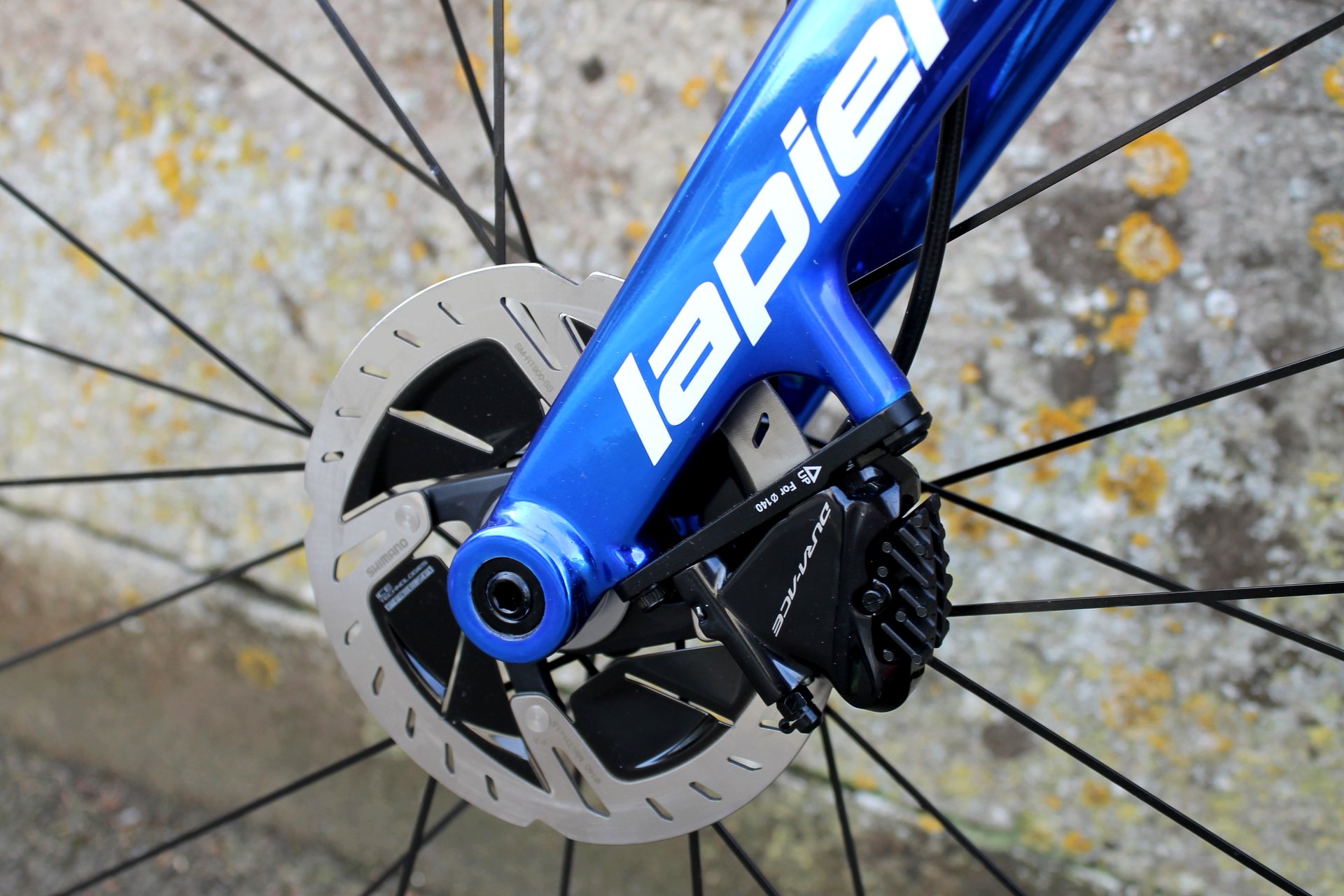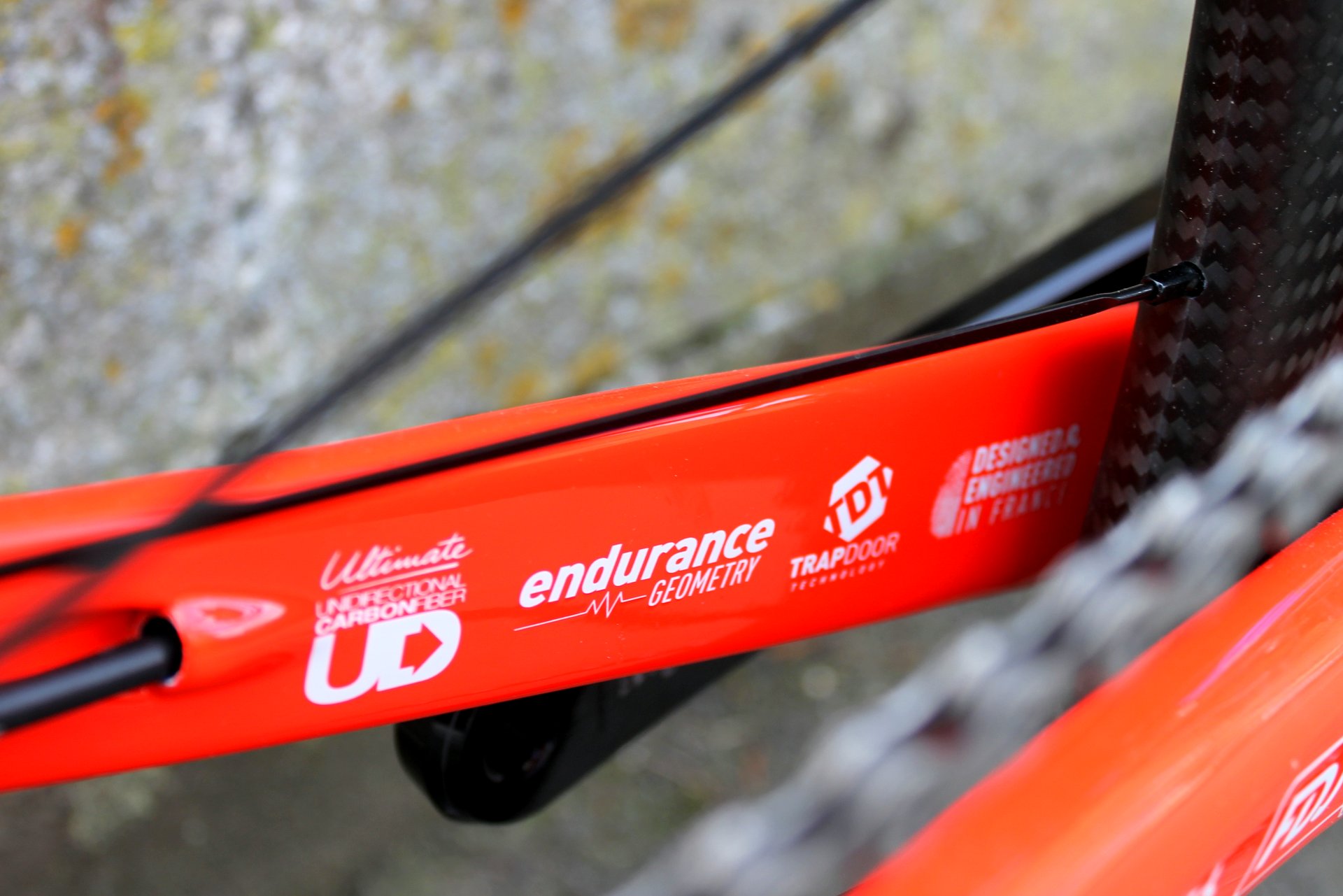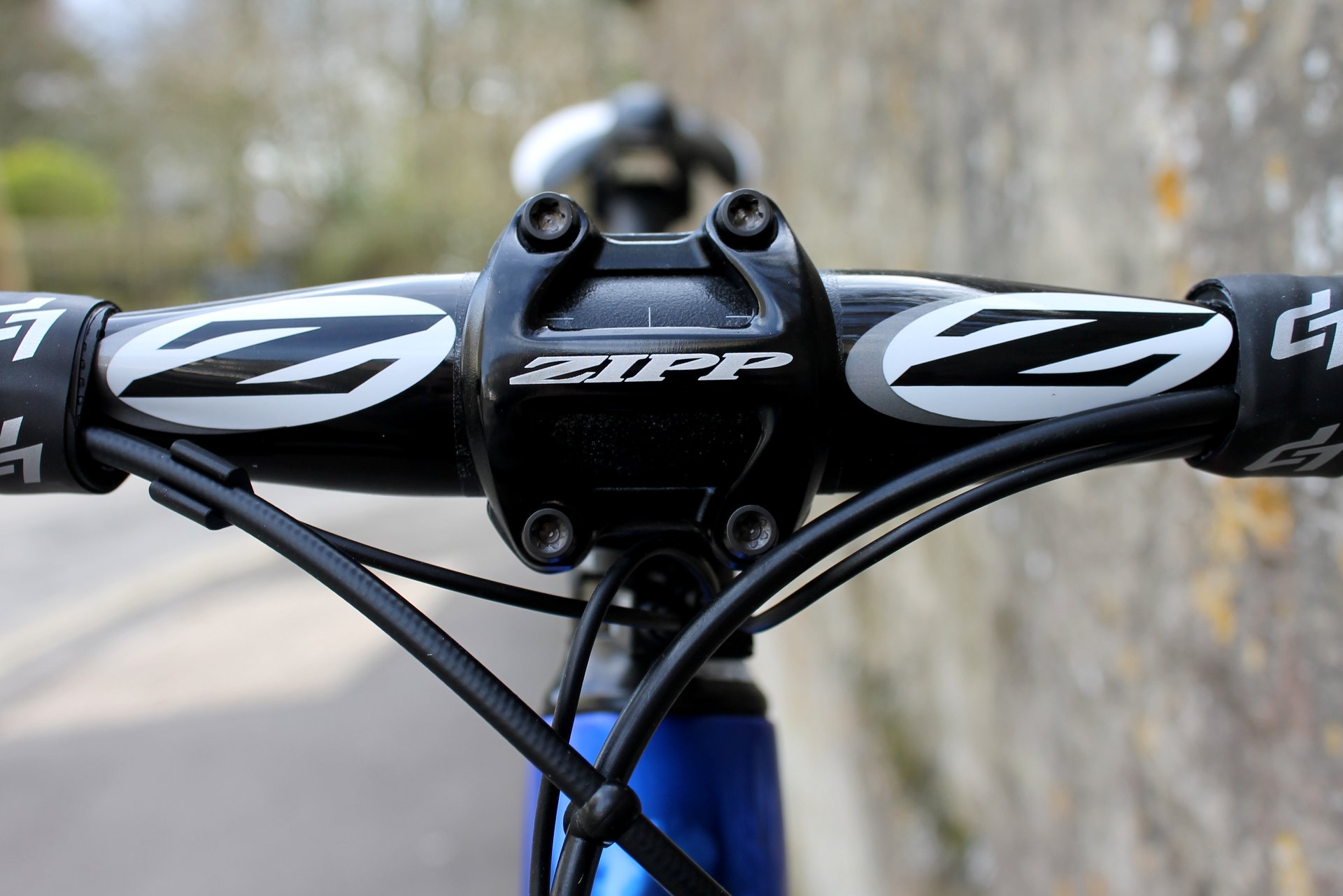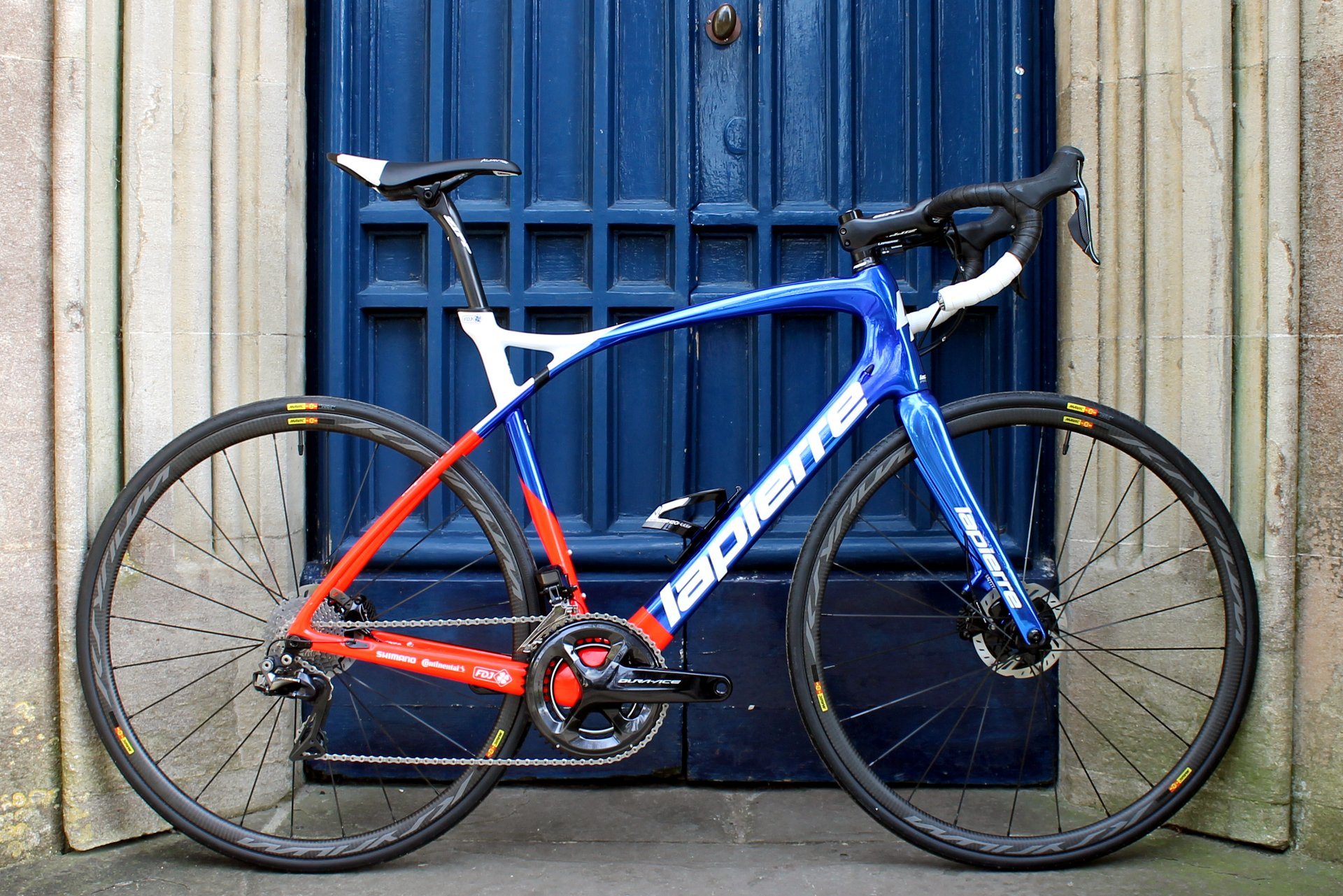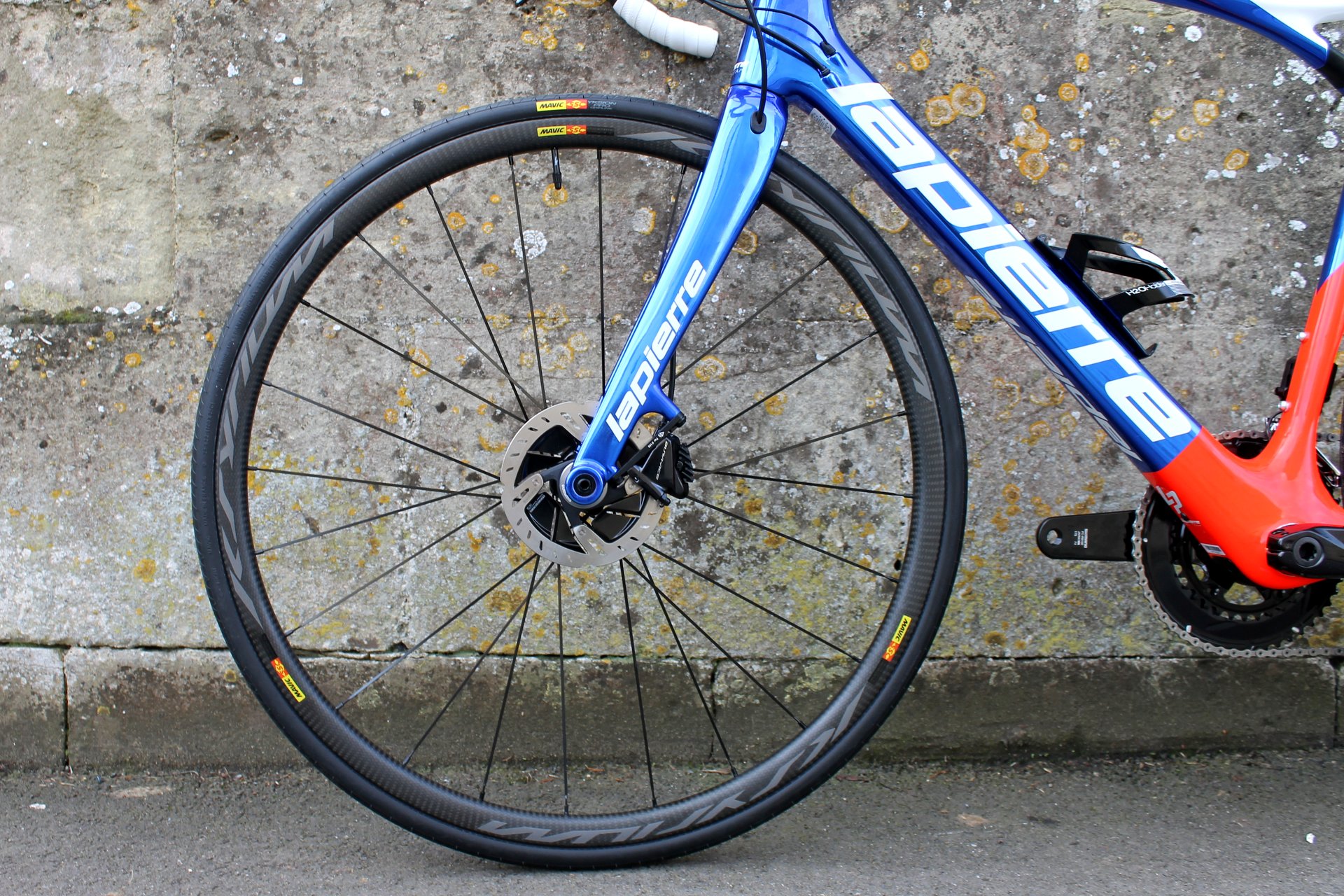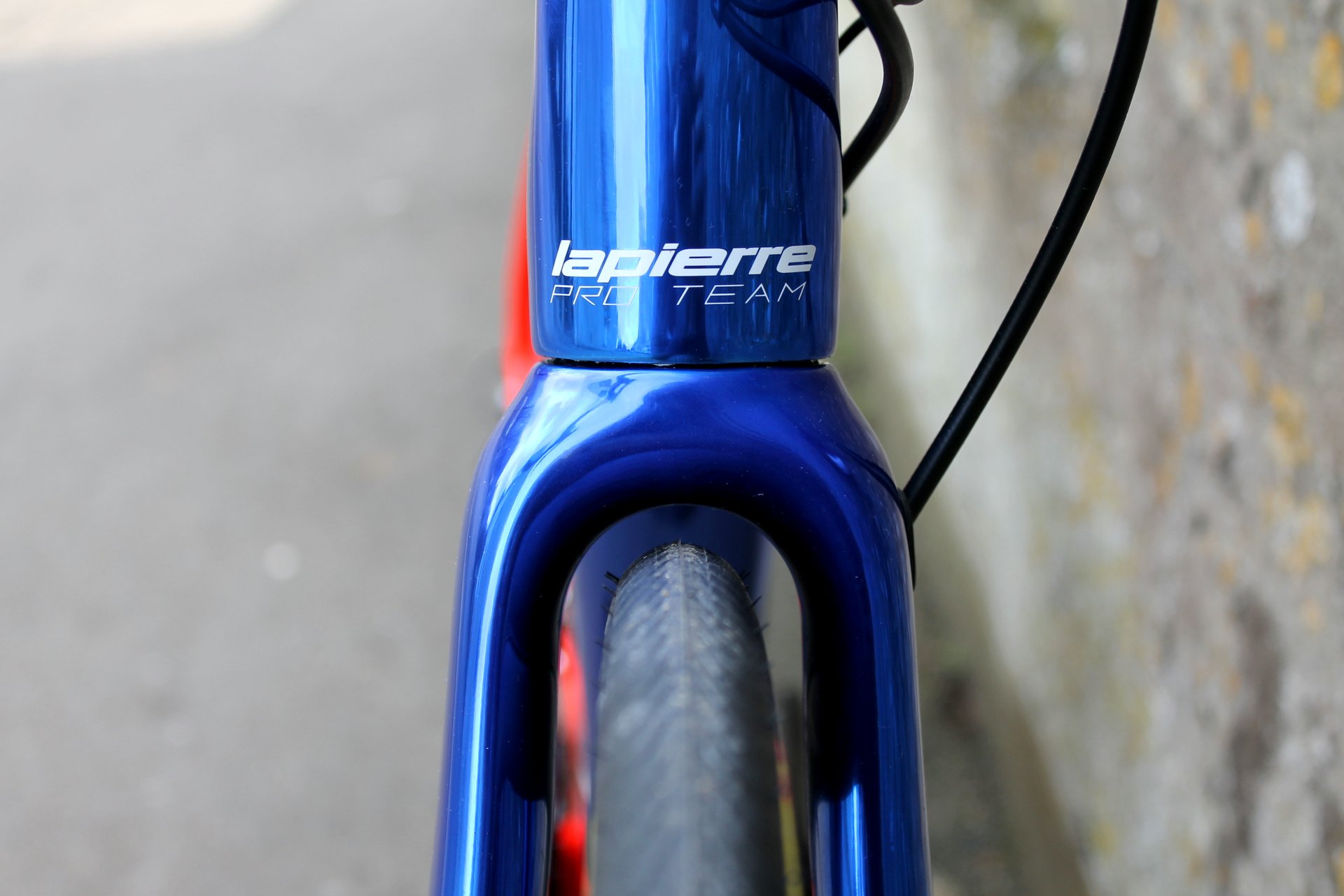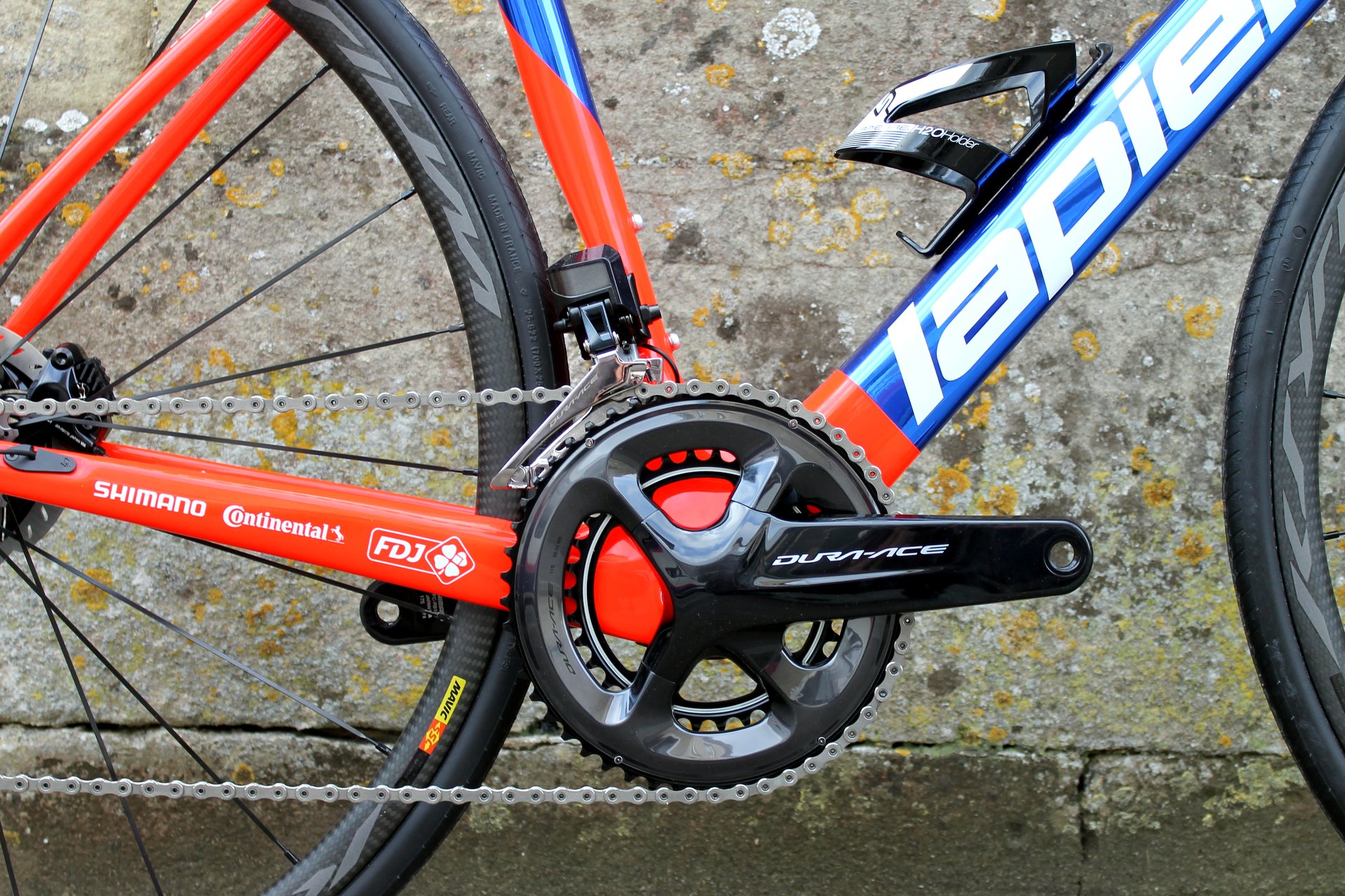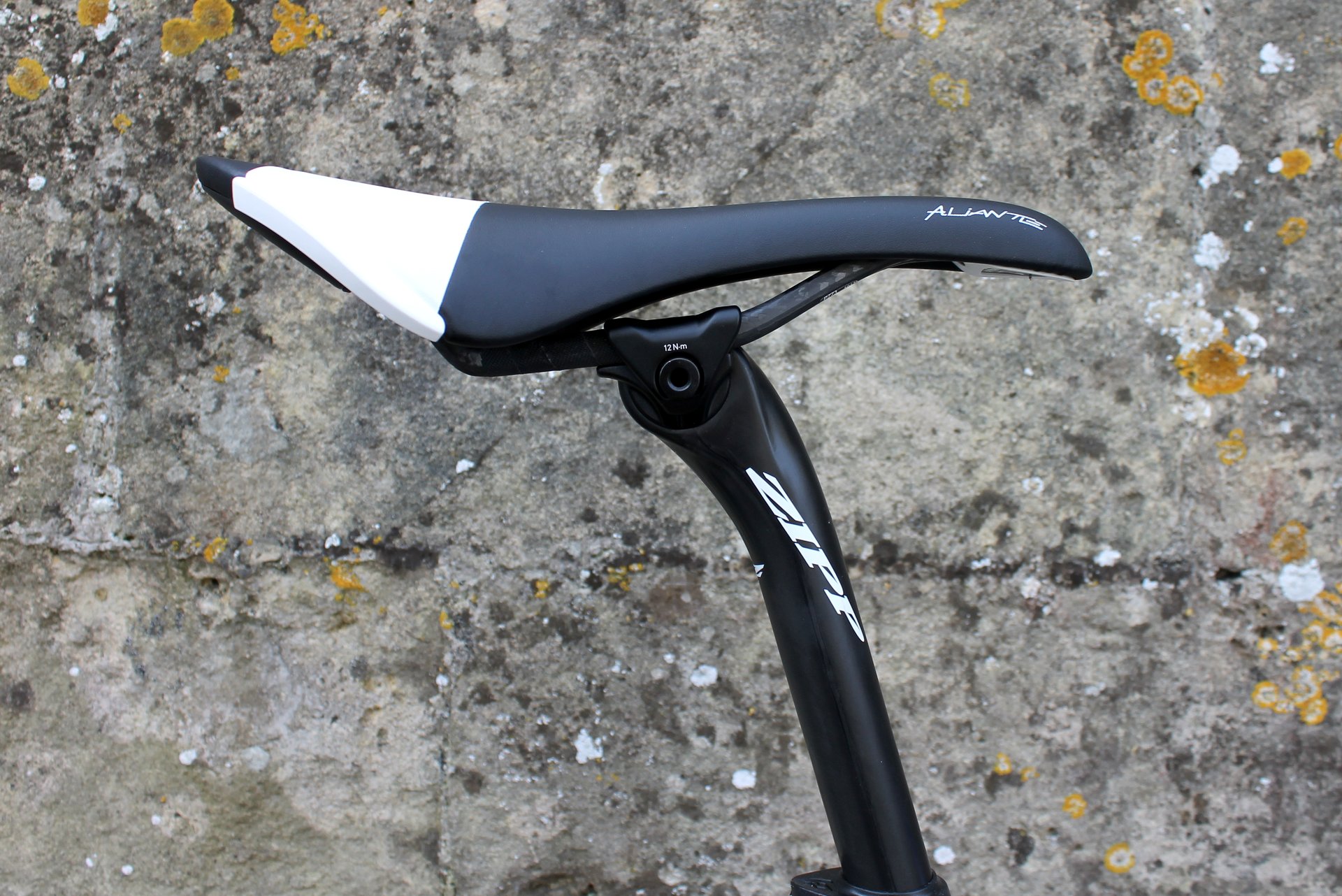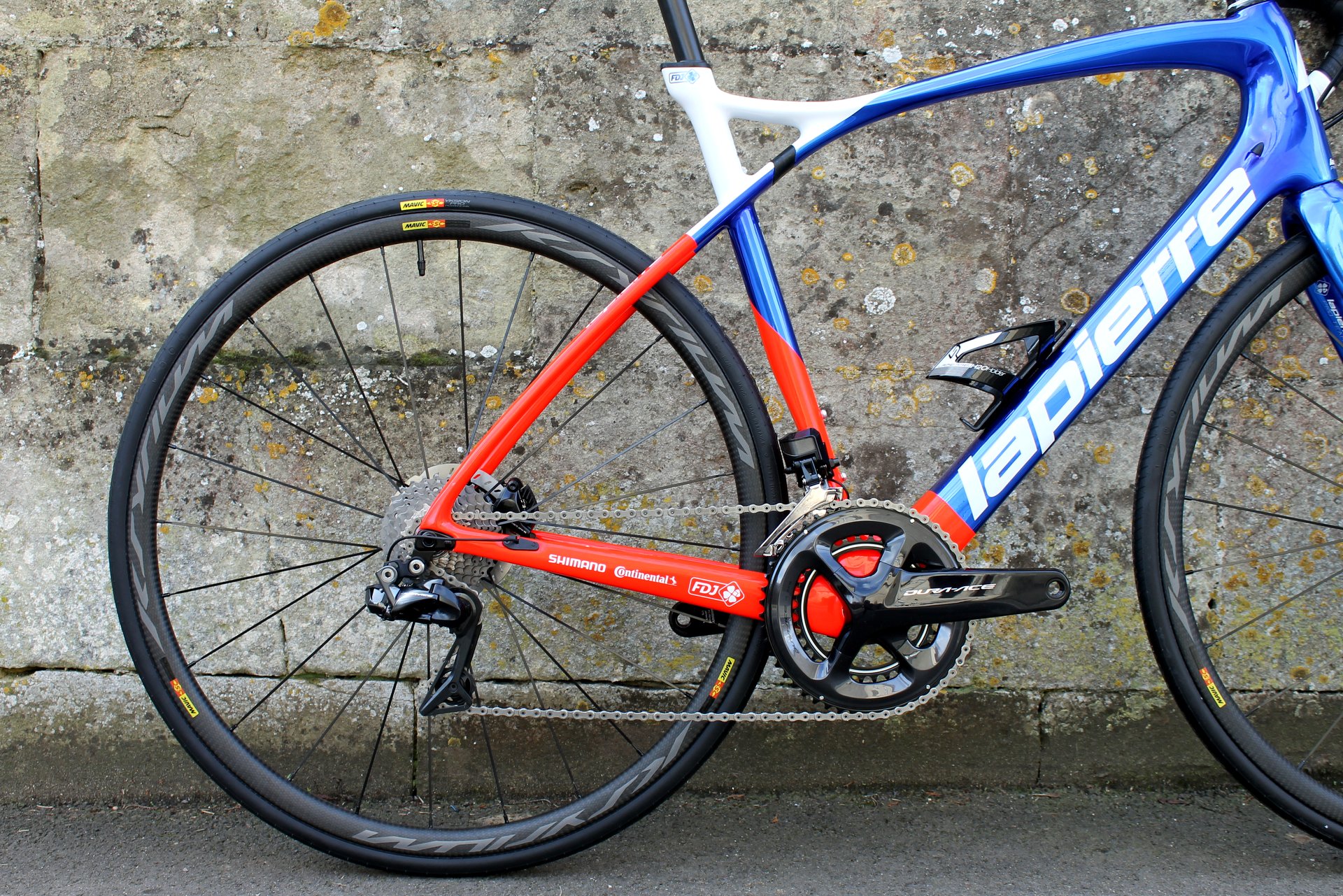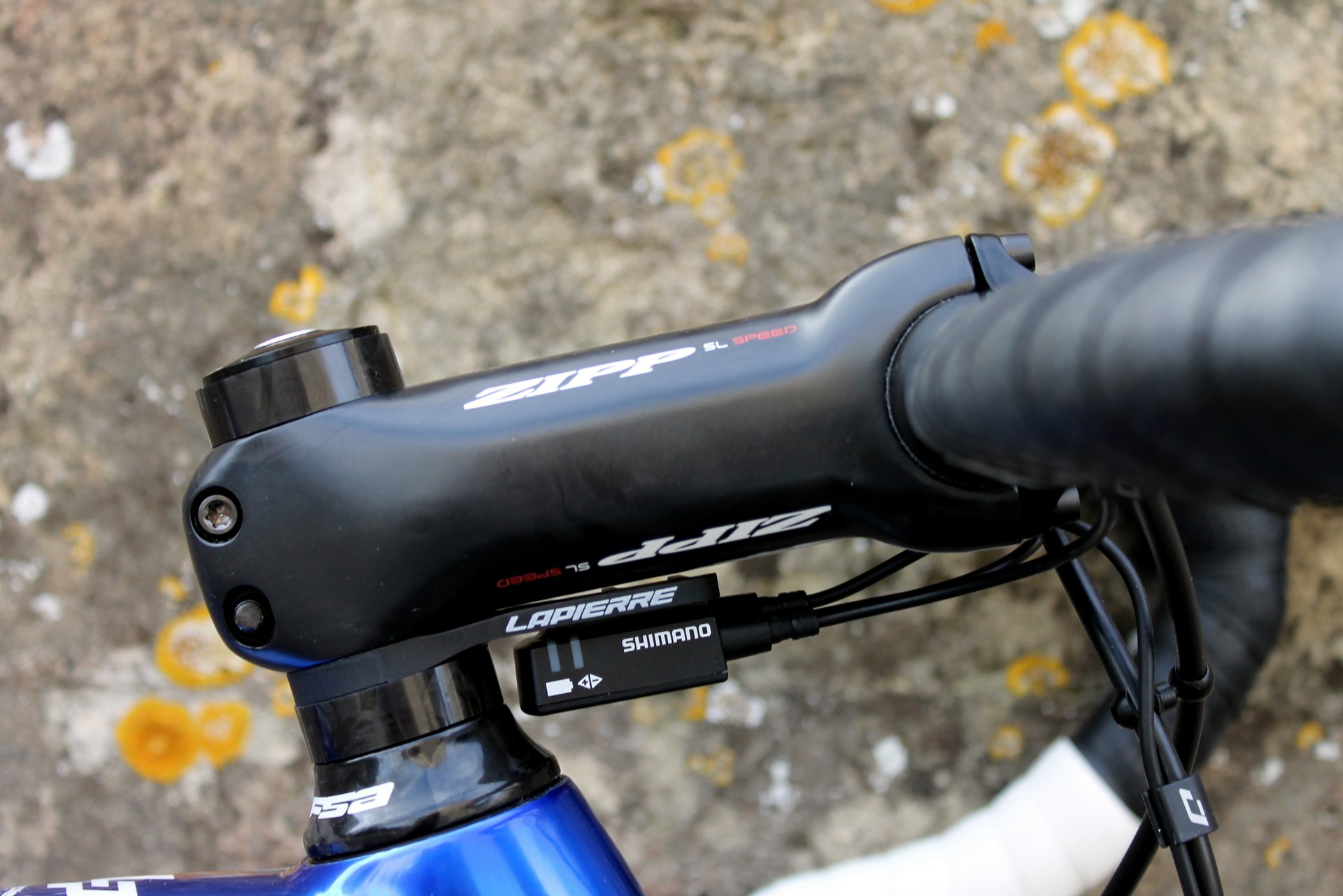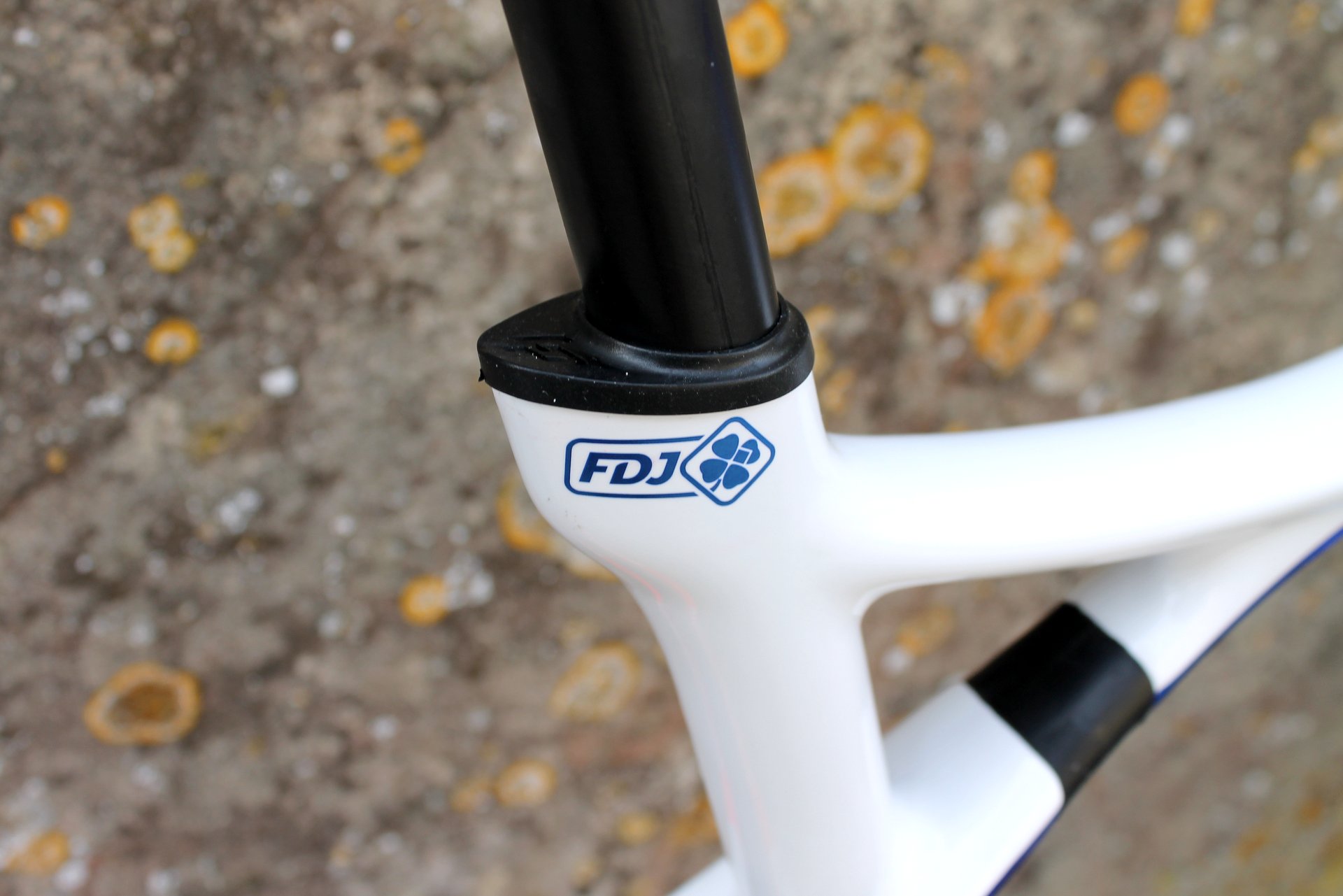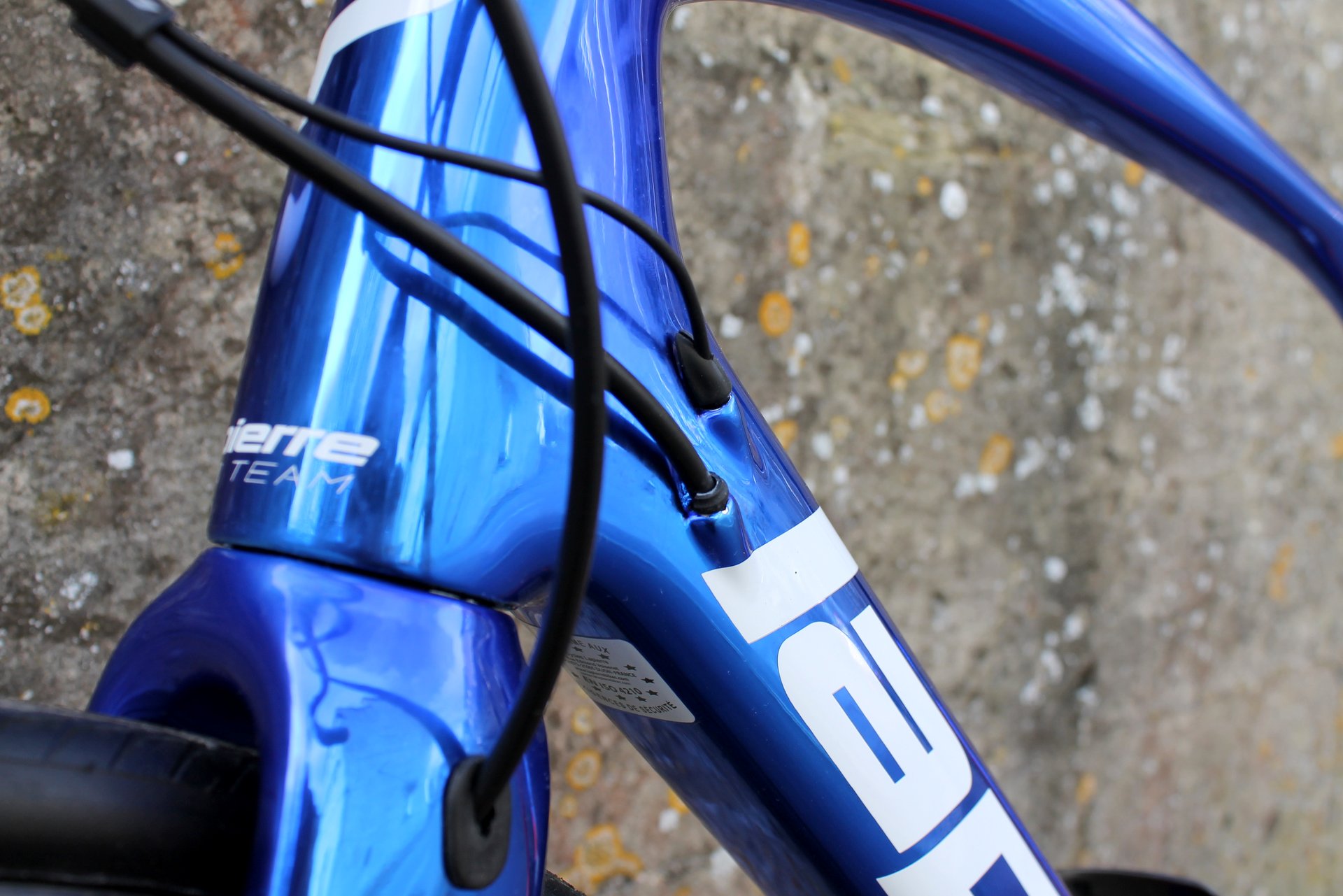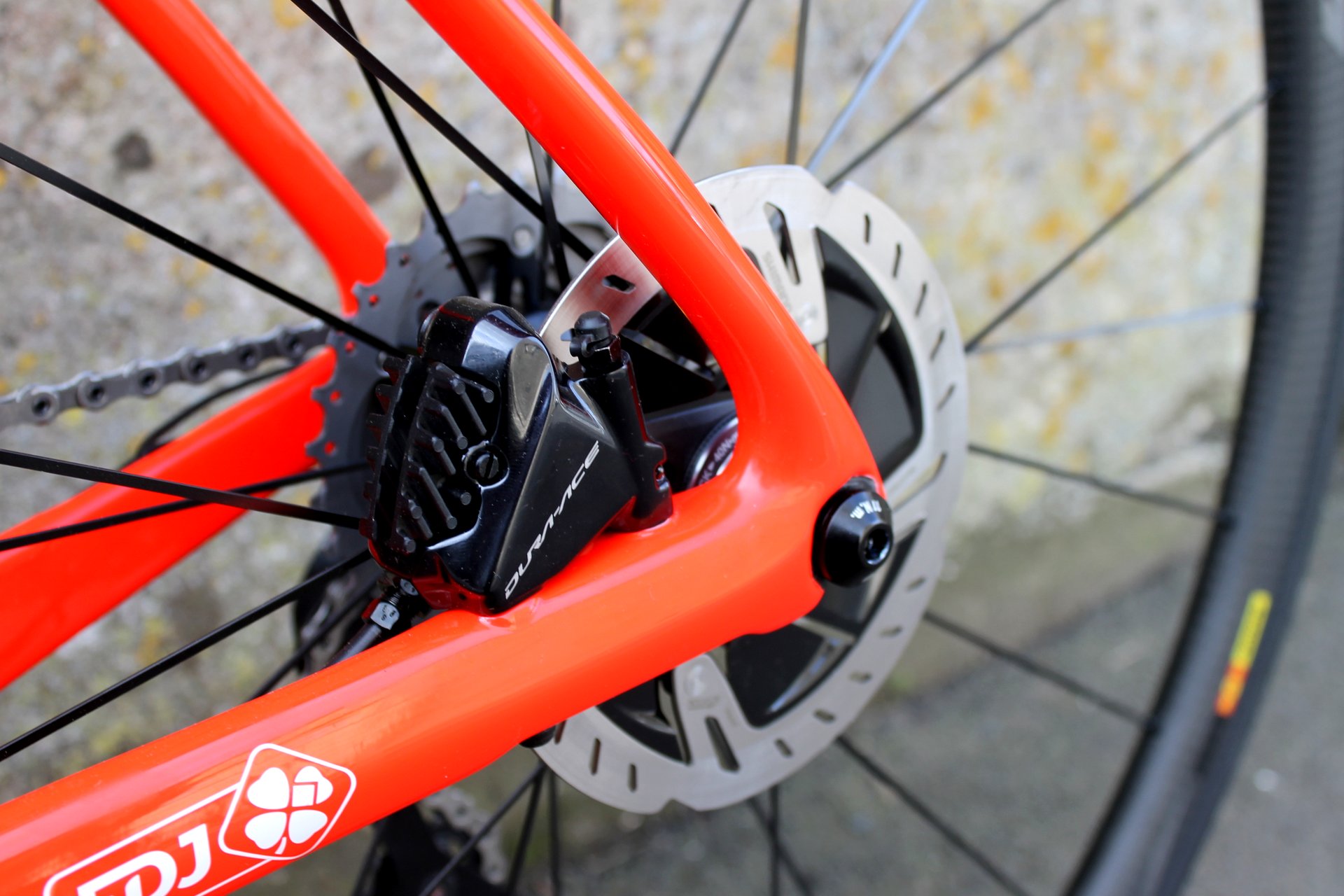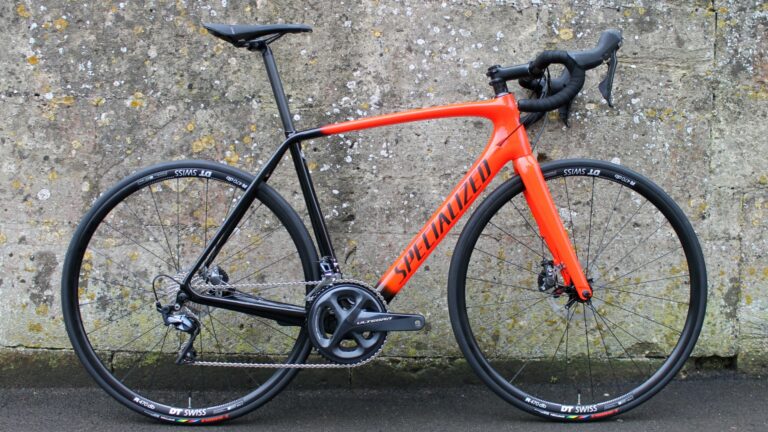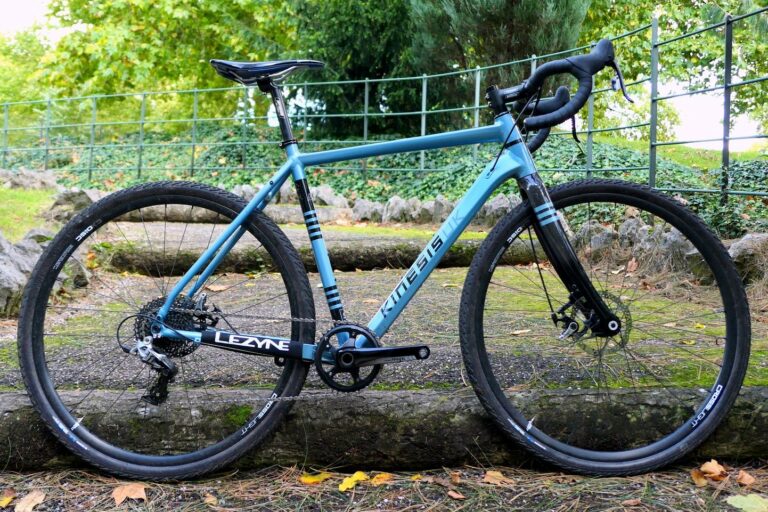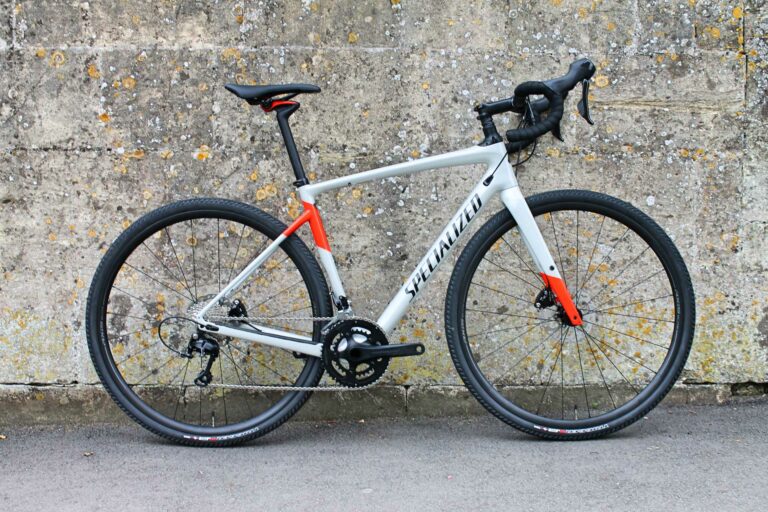The Lapierre Pulsium 900 FDJ Disc Ultimate is the pro team-spec bike that we could well see used at the cobbled classics this year – incredibly responsive handling and high lateral stiffness see to that. However, despite its outstanding strengths, it lacks a little compliance to mix it with the very best endurance bikes on the market.
When you’re presented with an endurance bike, what is it you really want from the ride? This is an interesting question, because although the answer might seem simple at first glance (a compliant all-day-friendly ride is key, no?), it probably depends on who you are. If you’re a pro-level rider, perhaps you’re going to want a stiffer, racier ride, for example.
This Pulsium is the biggest, boldest and brashest of the entire endurance bike range. In fact at £7,599 it’s the most expensive road bike Lapierre currently makes, and it’s dripping in pro-level equipment, while the frame is the ‘Ultimate’ spec version too.
But, what happens to an endurance bike when it’s fitted with the fastest, stiffest and most expensive kit, based around a frame layup that’s designed not only to make it compliant and easy to ride, but equally racy and aggressive too? Will it strike a perfect harmonious balance of those ride qualities, or demonstrate a conflicting personality?
